Introduction
Spring bamboo shoots, or spring shoots, are a culinary treasure celebrated for their delicate flavor, crisp texture, and fleeting seasonal availability. Harvested in early spring, these young shoots emerge from the earth as tender, cone-shaped delicacies that grace traditional dishes across Asia, from stir-fries and soups to salads and dumplings. However, their brief harvest window—often lasting only a few weeks—has inspired generations of home cooks and artisans to master the craft of preservation. Pickling, a time-honored method, transforms these ephemeral treats into a pantry staple that retains their essence while adding a tangy, umami-rich depth. This article delves into the intricate process of pickling spring bamboo shoots, exploring everything from selection and preparation to fermentation and storage. Whether you’re a seasoned food preserver or a curious novice, this guide will equip you with the knowledge to bottle the taste of spring.
Understanding Spring Bamboo Shoots: Nature’s Ephemeral Gift
Before diving into the pickling process, it’s essential to appreciate the unique characteristics of spring bamboo shoots. Unlike their tougher, mature counterparts, spring shoots are prized for their tender flesh and subtle sweetness. They are typically harvested when they are no more than 10–15 centimeters tall, as older shoots develop a fibrous texture and bitter aftertaste.
1 Varieties and Regional Nuances
Bamboo species vary widely, and so do their shoots. In China, Phyllostachys edulis (moso bamboo) shoots are a staple, while in Japan, Phyllostachys pubescens (madake) shoots are favored. Southeast Asian cuisines often feature smaller varieties like Bambusa vulgaris. Each type offers slight differences in flavor and texture, influencing the pickling process. For instance, thicker-skinned shoots may require longer blanching times, while thinner-skinned varieties absorb brine more readily.
2 Nutritional and Culinary Significance
Beyond their culinary appeal, spring bamboo shoots are a nutritional powerhouse. Rich in dietary fiber, vitamins (A, B6, and E), and minerals like potassium and manganese, they offer a low-calorie, high-nutrient profile. Their mild, grassy flavor acts as a versatile canvas for bold seasonings, making them a beloved ingredient in both savory and slightly sweet preparations.
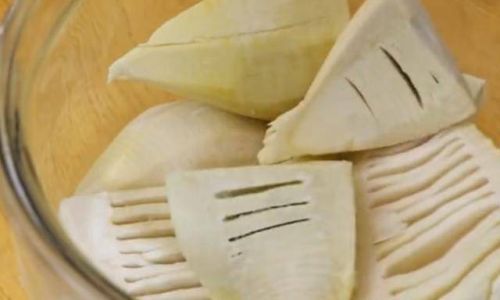
Selecting the Perfect Shoots: A Critical First Step
The success of your pickled bamboo shoots begins with sourcing the freshest specimens. Here’s what to look for:
1 Visual Cues
- Color: Fresh shoots should have a pale yellow to ivory hue, avoiding those with green tints (a sign of overmaturity) or brown spots (indicating spoilage).
- Texture: The base should feel firm, not mushy, when gently squeezed. A slight give is acceptable, but softness indicates aging.
- Size: Opt for medium-sized shoots (8–12 cm in length). Overly large shoots may be fibrous, while diminutive ones lack sufficient flesh.
2 Avoiding Common Pitfalls
- Mold or Discoloration: Never pick shoots with fuzzy mold or dark patches, as these are signs of decay.
- Premature Blooming: Shoots that have begun to split or “bloom” at the tip are past their prime.
Preparing the Shoots: From Field to Jar
Proper preparation is non-negotiable for achieving crisp, flavorful pickles. This phase involves peeling, trimming, and blanching—each step designed to remove bitterness and unwanted enzymes.
1 Peeling and Trimming
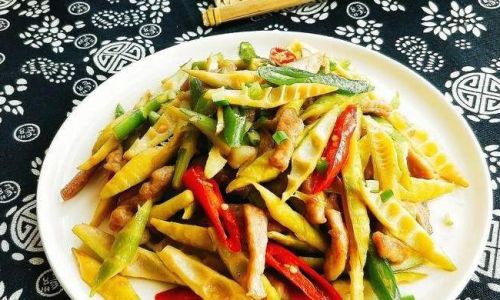
- Outer Layer Removal: Using a sharp knife, shave off the tough, outer leaves layer by layer until the pale, smooth interior is exposed. Work from the base upward, discarding the fibrous layers.
- Trimming the Base: Cut off the woody bottom 1–2 centimeters, as this section is inedible.
- Halving or Quartering: For larger shoots, slice them lengthwise into quarters to expedite blanching and brine penetration. Smaller shoots can remain whole.
2 Blanching: The Secret to Crispness
Blanching serves dual purposes: it deactivates enzymes that cause bitterness and softens the shoots for optimal brine absorption.
- Method:
- Bring a large pot of water to a rolling boil.
- Add a pinch of baking soda (1/4 teaspoon per liter) to preserve color and crispness.
- Submerge the prepared shoots and boil for 8–12 minutes, depending on size.
- Drain and immediately transfer to an ice bath to halt cooking.
Crafting the Brine: Balancing Flavor and Preservation
The brine is the soul of your pickles, acting as both a preservative and a flavor carrier. Achieving the right balance of salt, acidity, and sweetness is key.
1 Basic Brine Ratio
For every 500 grams of bamboo shoots, use:
- Water: 500 ml (filtered or boiled and cooled)
- Salt: 25–30 grams (5–6% salinity)
- Sugar: 15–20 grams (optional, but recommended for complexity)
- Vinegar: 50 ml (rice vinegar for mild acidity; adjust to taste)
2 Enhancing the Brine: Aromatics and Spices
Elevate your pickles with aromatic additions:
- Garlic: 3–4 cloves, lightly crushed
- Ginger: 2 cm piece, sliced
- Chili peppers: 1–2 (dried or fresh, depending on heat preference)
- Star anise: 1–2 pods
- Sichuan peppercorns: 1 teaspoon
3 Sterilization: A Critical Safety Step
To prevent spoilage, sterilize all equipment:
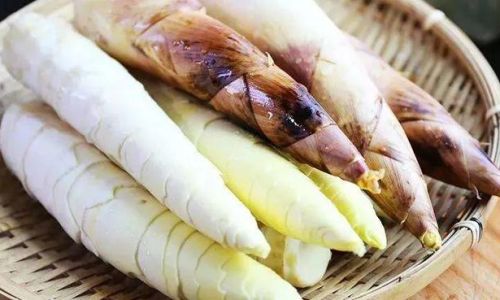
- Jars: Wash with hot, soapy water, then boil for 10 minutes or run through a dishwasher’s sanitizing cycle.
- Lids: Simmer in a separate pot for 5 minutes.
The Pickling Process: Fermentation and Beyond
There are two primary methods for pickling bamboo shoots: quick-pickling (refrigerator method) and fermentation (lacto-fermentation). Each yields distinct results.
1 Quick-Pickling (Refrigerator Method)
Ideal for immediate use, this method skips fermentation for a bright, acidic flavor.
- Pack the Jars: Layer blanched shoots with aromatics, leaving 2 cm headspace.
- Pour Brine: Ensure shoots are fully submerged.
- Seal and Refrigerate: Let flavors meld for 3–5 days before consuming. Shelf life: 2–3 months.
2 Lacto-Fermentation (Traditional Method)
For a tangy, probiotic-rich result, fermentation is the way to go.
- Pack the Jars: As above, but omit vinegar (fermentation generates natural acidity).
- Brine Adjustment: Use 3% salinity (15 grams salt per 500 ml water).
- Weight and Cover: Use a glass weight or cabbage leaf to keep shoots submerged. Cover with a cloth secured by a rubber band.
- Ferment: Store at 18–22°C (64–72°F) for 7–14 days. Burp jars daily to release CO2.
- Refrigerate: Once desired tanginess is achieved, transfer to cold storage. Shelf life: 6–12 months.
Troubleshooting Common Issues
Even with careful preparation, hiccups can occur. Here’s how to address them:
- Mold or Yeast: Skim off surface growth and discard affected shoots. Ensure proper submersion and salinity.
- Soft Texture: Overcooking or insufficient blanching. Adjust boiling time next batch.
- Cloudy Brine: Normal in fermentation; strain and monitor for off odors.
Culinary Applications: From Side Dish to Star Ingredient
Pickled bamboo shoots shine in a myriad of dishes:
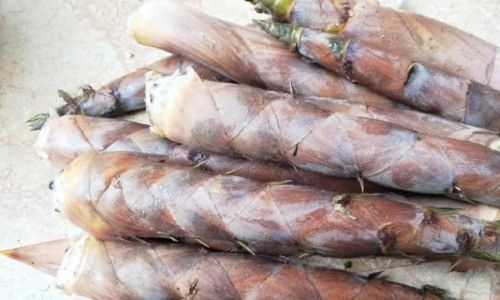
- Stir-Fries: Add a handful to elevate textures in dishes like bamboo shoot and pork stir-fry.
- Soups: Slice thinly and simmer in broths for a bright, acidic note.
- Salads: Toss with cucumbers, herbs, and a sesame dressing for a refreshing side.
- Dumplings: Incorporate into fillings for a crunchy contrast.
Health Benefits: More Than Just Flavor
Beyond their gastronomic appeal, pickled bamboo shoots offer health perks:
- Probiotics: Fermented varieties boost gut health.
- Low Calorie: A guilt-free addition to meals.
- Antioxidants: Compounds like chlorophyll and flavonoids combat oxidative stress.
Regional Variations: A Global Tapestry
Pickling traditions vary widely, reflecting local tastes:
- China: Suan sun (sour bamboo shoots) are spiced with chili and Sichuan pepper.
- Japan: Takenoko no tsukemono often features dashi broth and kombu for umami.
- Korea: Juksun-jangajji incorporates soy sauce and garlic.
Sustainability and Ethical Foraging
As interest in wild foods grows, responsible harvesting is crucial. Avoid stripping entire patches, and prioritize sustainable sources. If foraging, confirm species with a local expert to prevent ecological damage.
Conclusion: Preserving Tradition, One Jar at a Time
Pickling spring bamboo shoots is more than a culinary technique—it’s a bridge between seasons, a homage to tradition, and a testament to human ingenuity. Whether you’re savoring their crunch in a summer salad or reminiscing over a bowl of steaming noodle soup in winter, these pickles encapsulate the ephemeral beauty of spring. With patience, precision, and a touch of creativity, you can transform this fleeting delight into a timeless pantry treasure. So, gather your jars, sharpen your knives, and embark on a journey to preserve the essence of spring. Your future self—and your taste buds—will thank you.
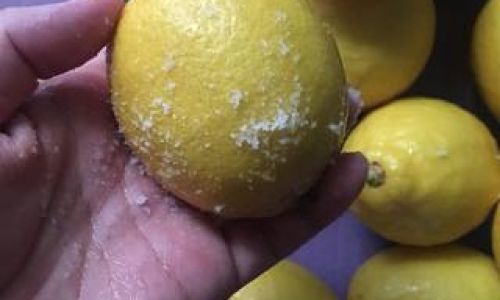
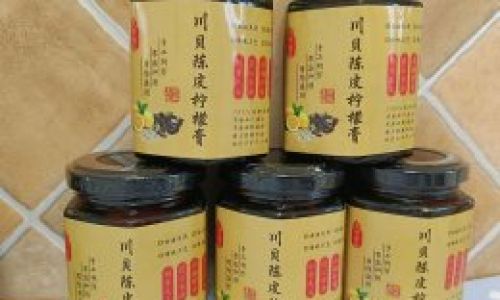

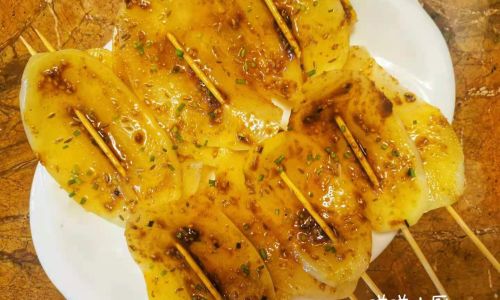
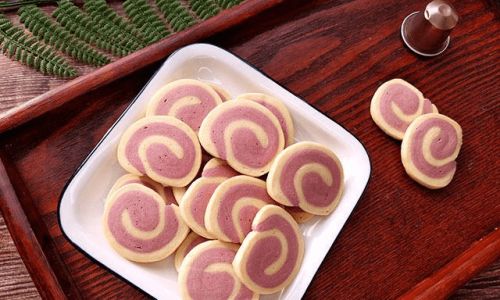
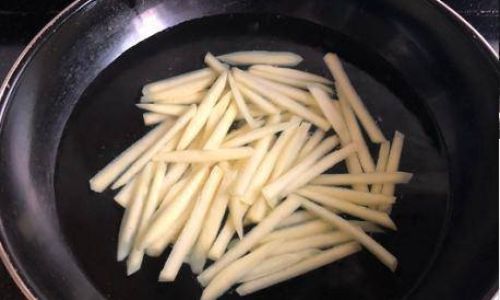
0 comments